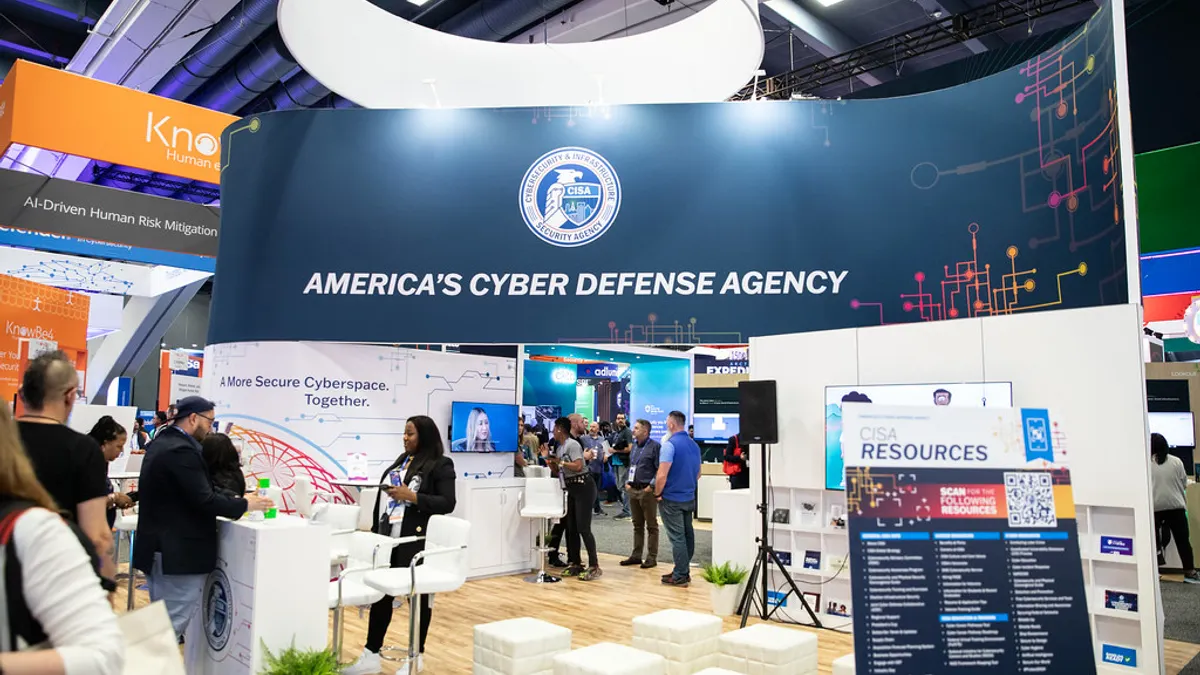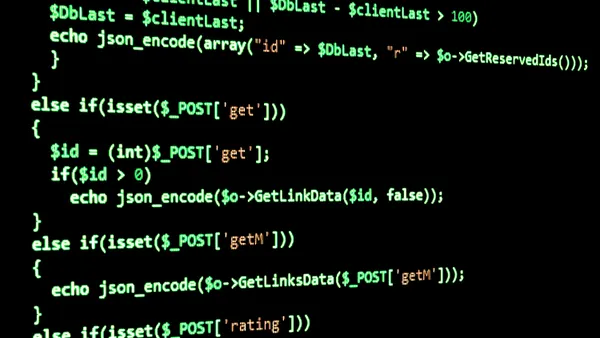Implementing the NIST Framework isn't about checking boxes. It's a practical approach that acknowledges real risks in industrial settings.
To combat escalating risks, numerous organizations look to the US National Institute of Standards and Technology (NIST) Cybersecurity Framework to protect their operational technology (OT) environments. It rests on six interrelated functions: Identify, Protect, Detect, Respond, Recover, and Govern.
The NIST cybersecurity framework: A strategic approach
To apply the NIST Cybersecurity Framework successfully, you need to understand its six functions.
Identify
You can't protect what you can't see. OT environments often feature everything from legacy machinery to cutting-edge sensors, each with its own vulnerabilities. Conducting regular audits and assembling a thorough asset inventory illuminates potential blind spots. Once you know what's out there, you can focus on the assets most vulnerable to threats.
Protect
Think of protection as fortifying a fortress. Multifactor authentication, for instance, adds an extra wall around sensitive systems. Strict access controls limit who can tinker under the hood, and segmenting networks reduces the blast radius of any successful breach. Investing in these measures upfront is almost always cheaper — and far less chaotic — than scrambling to contain an unchecked cyber incident.
Detect
No matter how secure your perimeter, determined attackers may find a way in. This is where continuous monitoring and real-time alerts become pivotal. Tools that flag unusual traffic or unfamiliar user behavior give security teams the head start they need to investigate. Time is everything: The quicker you notice a problem; the sooner you can prevent it from spiraling out of control.
Respond
Sometimes, despite best efforts, cybercriminals still slip through. An incident response plan serves as your crisis blueprint. It outlines who makes decisions, how teams coordinate, and how you communicate with stakeholders — including employees, customers, and partners — so that confusion doesn't amplify damage. A well-choreographed response can be the difference between a short disruption and a drawn-out catastrophe.
Recover
Getting back on track means more than rebooting a few machines. A thoughtful recovery plan goes deeper: it pinpoints how and why an attack succeeded, mends security gaps, and translates lessons learned into updated procedures. This introspection fortifies systems against the next cyber onslaught and helps restore confidence within the organization.
Govern
Strong governance acts as the cornerstone of OT security. Ask yourself: Who drafts policies, and who ensures those policies aren't just ink on paper? By establishing formal oversight and assigning clear roles — like a chief information security officer or a dedicated team — leadership gains full visibility into daily operations. That clarity helps integrate cybersecurity objectives into broader strategic goals.
Building a resilient OT security posture isn't just about shielding hardware or data. It's about protecting the people who keep facilities humming and preserving the trust stakeholders place in your operations. By weaving the NIST Framework's core principles into everyday workflows, organizations shift from playing defense after a breach to proactively thwarting threats before they take root.
Counting the Long-Term Advantages
Implementing the NIST Framework isn't about checking boxes. It's a practical approach that acknowledges real risks in industrial settings. By systematically applying Identify, Protect, Detect, Respond, Recover, and Govern, organizations cultivate a security culture that keeps pace with shifting threats and aligns with operational goals.
Achieving this level of resilience demands time, resources, and genuine leadership buy-in — but the returns are major. Instead of being blindsided by the next breach, your organization can keep operations going around the clock, protect its reputation, and reliably serve customers and partners.
Many cybersecurity companies specialize in bridging IT and OT concerns to help create durable defenses without sacrificing up time. They can turn insights into a tailored plan for your organization. Finding the right partner can empower industrial organizations to defend their OT environments with a complete, managed approach to cybersecurity. By aligning with the NIST Cybersecurity Framework, you can identify, protect, detect, respond to, and recover from evolving threats — without sacrificing production uptime.
If you're ready to go beyond patchwork fixes, consider partnering with cybersecurity experts who understand both IT and OT. They can design approaches that match your operational needs, manage risk, and keep everything flexible and secure. It's never too early — or too late — to invest in a future where cyber threats are a manageable blip instead of a full-blown crisis.









